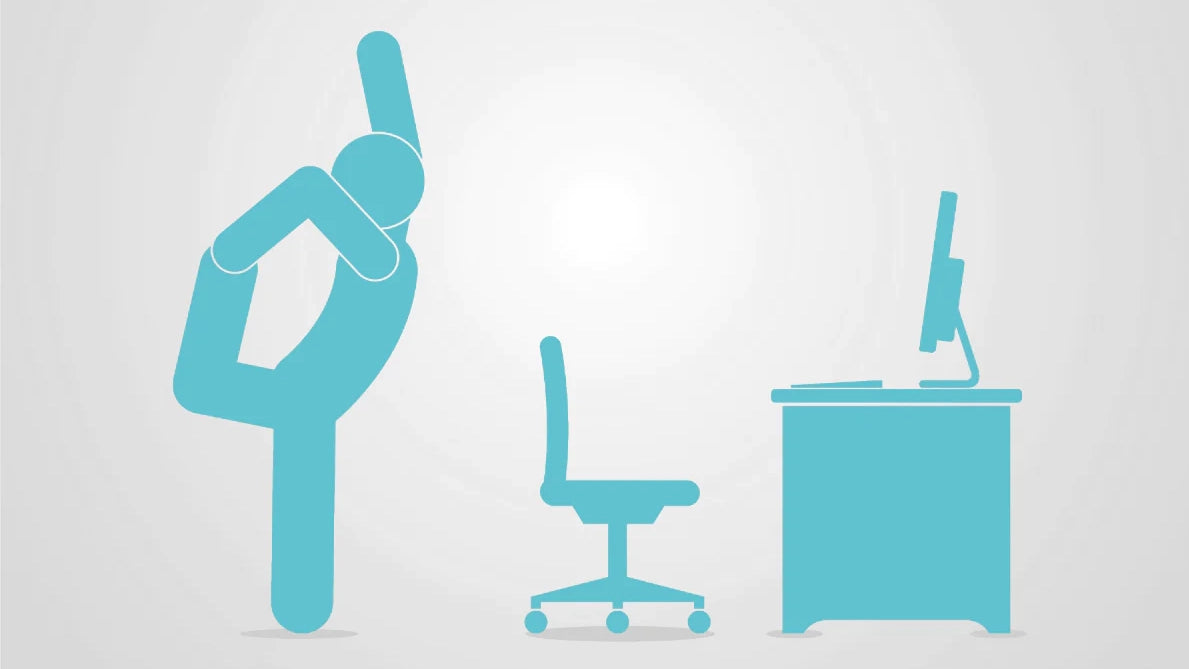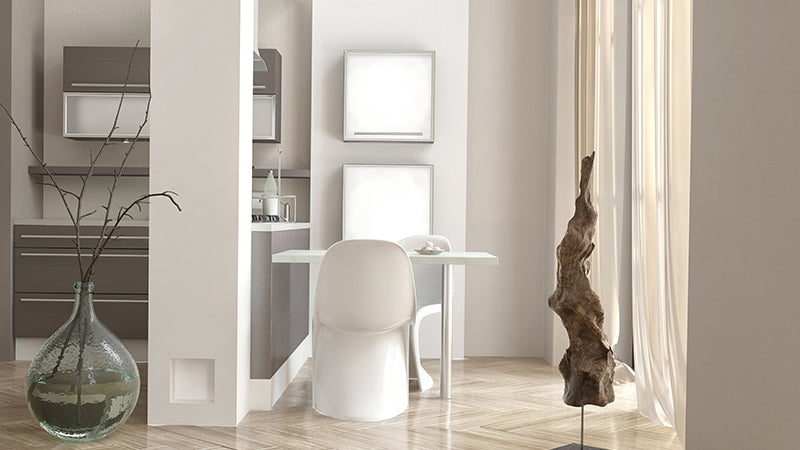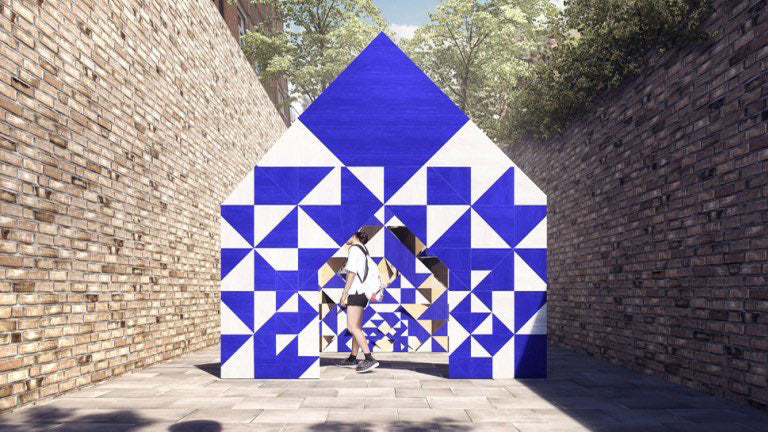In recent years, architecture; interior design and furniture selection has greatly exceeded its purview of simple aesthetics and boiler-plate workforce efficiency programmes. Nowhere is this more apparent than in the current focus of health and wellness in the workplace – which make sense when considered that we’ll spend roughly 30% of our waking lives at work.
Potential losses
It’s a personal concern, but workplace health also can greatly impact a company’s bottom line. Currently, the average office employee takes 6.5 days of absence per year. When taking the entire UK workforce into account, this amounts to 190 million working days and a more than £8 billion annual loss to companies.
Active benefits
From the small start-up to the multinational behemoth, businesses are starting to wake up both to the costs, and the positive benefits that a healthy workforce can provide. This is creating a surge in workplace wellness programmes – from cycle to work schemes, gym memberships and of course, how we work.
So, how best to build a healthy, happy and people-centric office? While there’s no set template that works for everyone, we’ve seen several trends emerging that are certainly worth considering for the new year.
Encouraging healthy behaviours through design

The world has moved on from irritatingly simple HSE assessments and remedial ergonomic furniture; provided only to employees with complaint.
In the built environment, there is progression towards mobility and physical activity with visible stairs, central canteens and providing a variety of working spaces for all employees.
Furniture choices are also following this course and we’ve seen a huge rise in clients shopping for sit-stand desks, ergonomic monitor arms and 24 hour task chairs to help employees feel comfortable at their desks, whilst providing support for their bodies (check out our article ‘5 questions to ask when choosing a task chair’ for more on this). Even health-related ‘Internet of Things’ apps and devices are beginning to filter into purchasing contracts. An example of one of these tools is an app and desk sensor that’s designed to remind users to stand up intermittently throughout the day; keeping the body active and waking up those brain cells.
Managing your localised environment

Buzzispace’s Buzziplant is a playful take on acoustic partitioning
When considering the average workforce, there are an abundance of factors which differentiate us. From age, height, sight and hearing; each of these can have a remarkable impact on our ability to work efficiently. When responsive management of the ambient elements (lighting, temperature, acoustics) is given to employees, health and wellness improve. Tools such as task lights, desk air purifiers; movable acoustic walls and panelling are increasingly popular choices in offices – even for those in the more traditional sectors.
What has surprised many in facilities and procurement departments is the cost savings available through these responsive technologies. By synchronising heating and lighting to human occupancy in the office interior, energy is only used when the space is occupied. This has aided companies in slashing their annual energy consumption by 30%. When these overheads are considered over the lifetime of an office, the initial outlay looks pale in comparison.
Biophilia and our connection to nature

Natural timbers, plants and an abundance of daylight in one of our client’s coworking space
When considering the rising number of people moving to cities (studies show 90.1% of the UK live in a city – the highest in Europe) and the consequent expansion of urban spaces, our disconnection from the natural world is greater than ever before.
Enter biophilic design, a means of introducing nature – real or simulated – into spaces as a method of counteracting and alleviating the stresses of the built environment. Now, this isn’t turning your office into a jungle, the concept really begins in commonplace purchasing habits, the likes of which we already carry out in our workplaces and at home, such as purchasing office plants; using woods and natural materials in flooring, walls and furniture.
The design aspects then becomes more sophisticated, such as using glass partitions and allowing as much natural light into the workplace as possible. We’ve even had several clients employ sophisticated LCD screens in the walls and ceilings to mimic natural environments.
Where do I begin?
These workplace wellness trends can only function in an environment of active employee engagement. They flourish in a company culture where people are inspired to collaborate and adopt the values of the team. When people genuinely want the best for themselves, their colleagues and their company, they are more likely to make healthier decisions that have a positive impact on their lifestyles and performance.




